Logically speaking, conceptual design based on user functional requirements is the first step in most computer network software and hardware configuration designs. Conceptual design should be based on the following key points:
Have a thorough understanding of the user’s application intent;
Master the basic concepts of computer hardware and computer communication;
Understand existing conditions that may affect the design, including existing software systems and communication facilities;
There should be a full understanding of the current status of computer technology and its development that may affect system design.
Conceptual design should provide explanations of the functions and roles of hardware and software in geographic information system network configuration, as well as descriptions of the relationships between devices and applications. It should be able to facilitate the re examination and modification of system functions during network system implementation, estimate system value, and provide a basis for more detailed special definitions. At the same time, it should also provide descriptions of the system’s ability to adapt to new applications, new users, and expanded databases.
When designing the concept of a network geographic information system, centralized, distributed, and processing functions must be adapted to specific address conditions and user application needs. Below are some typical conceptual designs and their explanations. Suitable for a small number of users in a single department of local governments and engineering units for data acquisition and map production Single address There are no special requirements for data transmission between existing sites, and data can be transmitted through media such as magnetic tape or in bulk It can be upgraded to a host based network or a network with other intelligent workstations. Fig. 203 It has a super microcomputer workstation with peripherals # As a small multi-user system, it is used to support data acquisition, map production, database and graphic query applications, serving one or several departments of government agencies or enterprises and institutions Having a large number of peripheral processing units allocated to one or adjacent floors of a building, remote users can connect to the system through dial-up internet access Data from other sources can be transmitted in bulk through media such as magnetic tapes or directly Some additional devices can be added to asynchronous ports and upgraded to a local area network Fig. 204 Host based centralized system supporting devices through asynchronous lines # Introduction to Network Interconnection Devices A repeater is the simplest network connector that provides amplification and forwarding of signals. It can only connect to LANs with the same physical protocol. Repeaters are mainly used to extend the distance of LAN cable segments, and LAN extension media length can also be used within the same LAN. Bridge: A bridge is a storage and forwarding device that enables LAN interconnection at the data link layer. It is independent of higher-level protocols and can achieve interconnection of heterogeneous LANs. Router: A router works at the network layer of the OSI model and can obtain more network information to find the “best route” for incoming information. Router structures are more complex and slower than bridges, but they have greater flexibility and stronger ability to interconnect heterogeneous networks. Gateway: also known as a protocol converter, works at the transport layer and above of the OSI model, and is used to interconnect networks or media of different architectures. It not only needs to connect separate networks, but also ensure that data transmitted from one network is compatible with another. Suitable for organizational structures of medium to large government or enterprise institutions, users can access large host databases for querying, analysis, and mapping Multiple addresses are directly connected within the same building; Newly added workstations or other devices can be remotely connected to graphics controllers and communication processors Periodic data exchange can be carried out through media such as magnetic tape, or transmitted through gateways and other computer networks. The transmission of microcomputer data is easy to establish The device can be flexibly increased to achieve the computing capacity of large host processors Fig. 205 A mainframe based system that supports peripheral devices through a communication controller # Used for small to medium-sized government departments or corporate units Allocated within the same building Data exchange can be carried out through desktop transmission devices on microcomputers or dial-up internet access The added microcomputers and servers can be easily added to the ring network Fig. 206 Token Ring Network Microcomputer System # Suitable for multiple sub departments of medium-sized to large government, public utility, and corporate units that require extensive mapping and geographic analysis On the local area network within the same building or between adjacent buildings, other users are connected to the local area network through remote communication lines Data transmission takes place over the network, remotely through batch data file or tape exchange, and can also be connected to other networks through gateways LAN (Local Area Network) can be extended to larger areas through repeaters, and multiple LANs can be connected together through bridges Fig. 207 Distributed processing and database system with super microcomputer workstation on LAN # Set up on the local area network, supports multi-user with host processing units, suitable for multi departmental backgrounds On the local area network within the same building or between adjacent buildings, other users are connected to the local area network through remote communication lines Maintaining the main database with the host, batch file or tape data transfer can be performed External devices, workstations, and processing units can be added until network limitations are reached, and other buildings can be expanded through repeaters. Multiple LANs can be connected together through bridges, and gateways can be added to connect multiple networks Fig. 208 LAN with main processor, supercomputer workstation, and peripherals # Configure multiple processing units and peripherals on the local area network to support multiple functional organizations Processing units and peripherals are distributed across multiple buildings, and some devices are connected to the local area network through remote lines Users can access distributed data on the local area network and perform batch or real-time data access to other networks through gateways External devices, workstations, and processing units can be added until network limitations are reached, and LAN expansion can be achieved through repeaters or bridges Fig. 209 LAN with multiple processing units and central data storage # Multi user data sharing in a system network, or a geographically distributed organization that requires significant data processing capabilities Multiple processing units are connected through remote lines The data update of a single address is carried out in batch file format, and the mutual access between multiple addresses relies on remote line transmission Each address can be expanded, and the added processing units can be added to the remote network Fig. 210 Remote processing with distributed data storage # IEEE (Institute of Electrical and Electronics Engineers) has established some standards for local area networks, collectively known as IEEE 802, including CSMA/CD (Carrier Sense Multiple Access with Collision Detection), token bus, token ring, and FDDI (Fiber Distributed Data Interface) applied to high-speed LANs. Below is a brief introduction to several commonly used technical standards. CSMA/CD, Using CSMA/CD to access and transmit data in a local area network, if a node wants to send a message, it first checks the communication channel to see if data transmission is in progress. If not, you can use the line to send your own message, otherwise you must wait until the channel is idle. If two nodes attempt to send a message at the same time, a conflict will occur. At this point, both nodes will wait for a random length of time before resending the previous message. In the earliest 802.3, the transmission rate was specified as 10Mbps and 50 ohm cables were used, but these were later changed. Due to its transmission cable, many people refer to it as Ethernet, and there are several types of cables, as shown in Table 13-6. Table 13-6: Typical Ethernet Cable Types Name Cable Maximum segment length Maximum nodes per segment Benefits 10Base5 Coarse coaxial cable 500 meters 100 It can be used as a backbone line 10Base2 Coarse coaxial cable 200 meters 30 The most affordable price. 10Base-T Twisted pair 100 meters 1024 Easy to maintain 10Base-F 光纤 2000 meters 1024 It can be used between buildings Token Ring Network: In a token ring network, there is a special data packet called a “token” that is sent from one node to another along the network. The token contains special control signals that allow nodes to know whether the token is currently carrying a message or is in an idle state and can receive a message. If the token is idle and the node needs to send a message to ‘capture’ the token and attach its own message to it, then the token cannot carry any other messages unless the current message is’ delivered ‘. FDDI is a high-performance fiber optic local area network with a transmission rate of 100Mbps and a transmission distance of up to 200KM, which can connect 1000 workstations. The use of FDDI is similar to LAN according to the IEEE 802 specification. But due to its high bandwidth, it can serve as a backbone network for connecting copper local area networks.Type 1 #
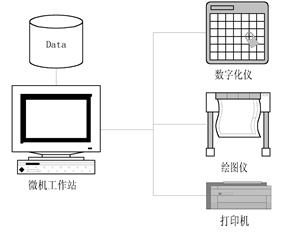
Type 2 #
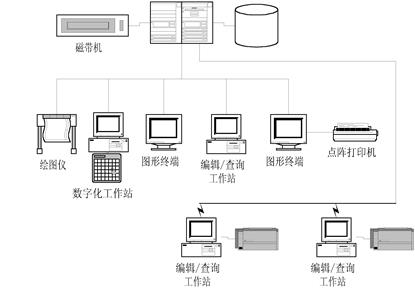
Type 3 #
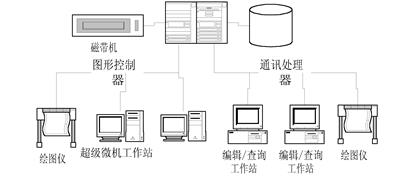
Type 4 #

Type 5 #
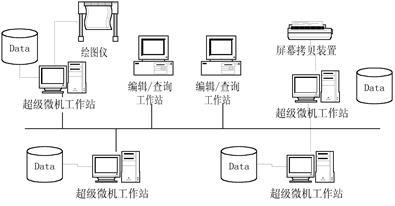
Type 6 #
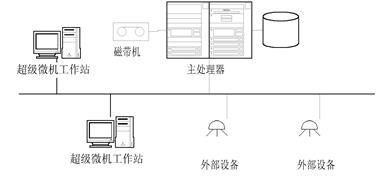
Type 7 #
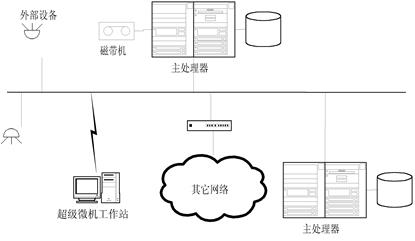
Type 8 #
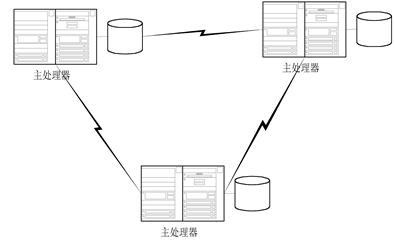
Several LAN technology standards: Ethernet, Token Ring Network, and FDDI #